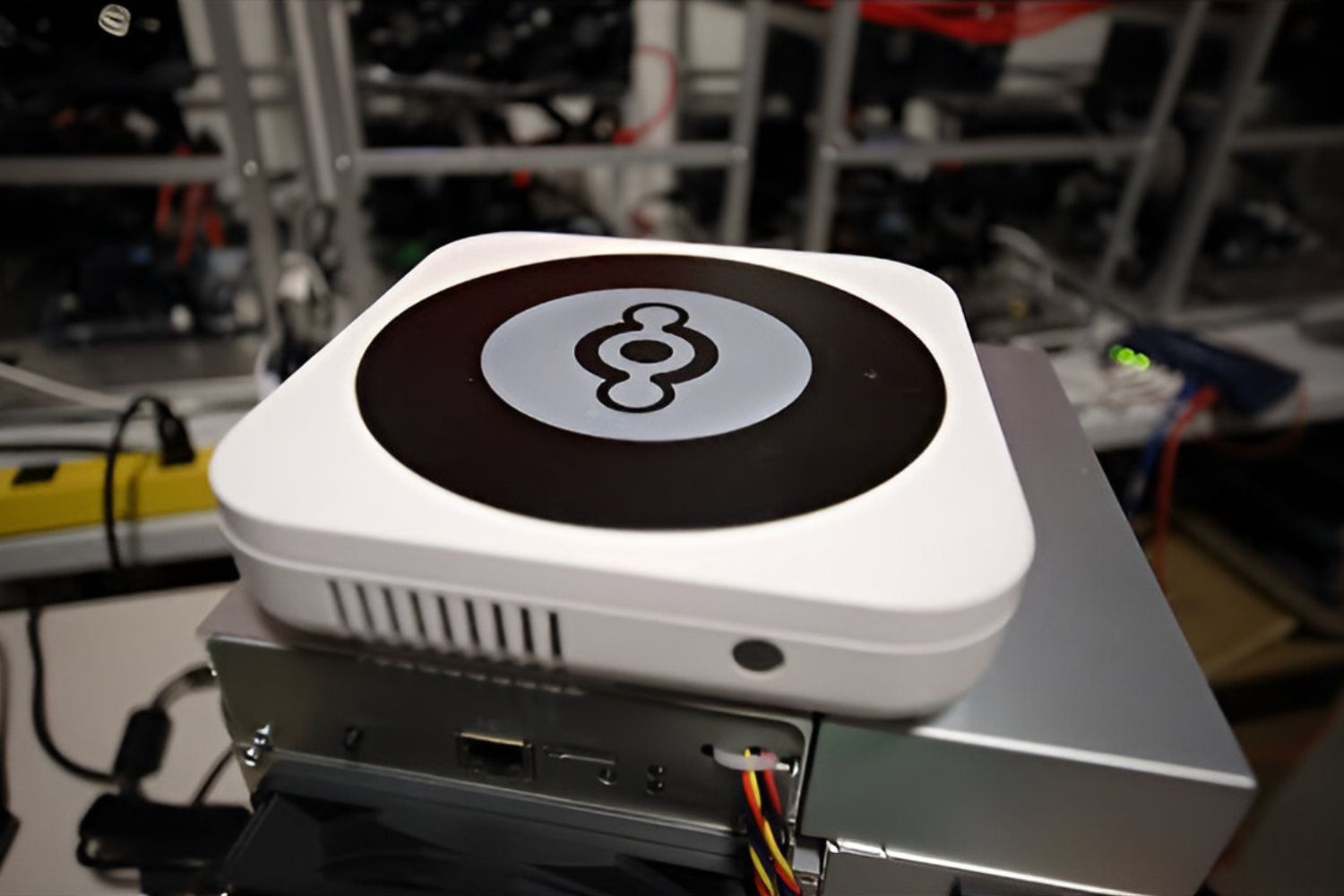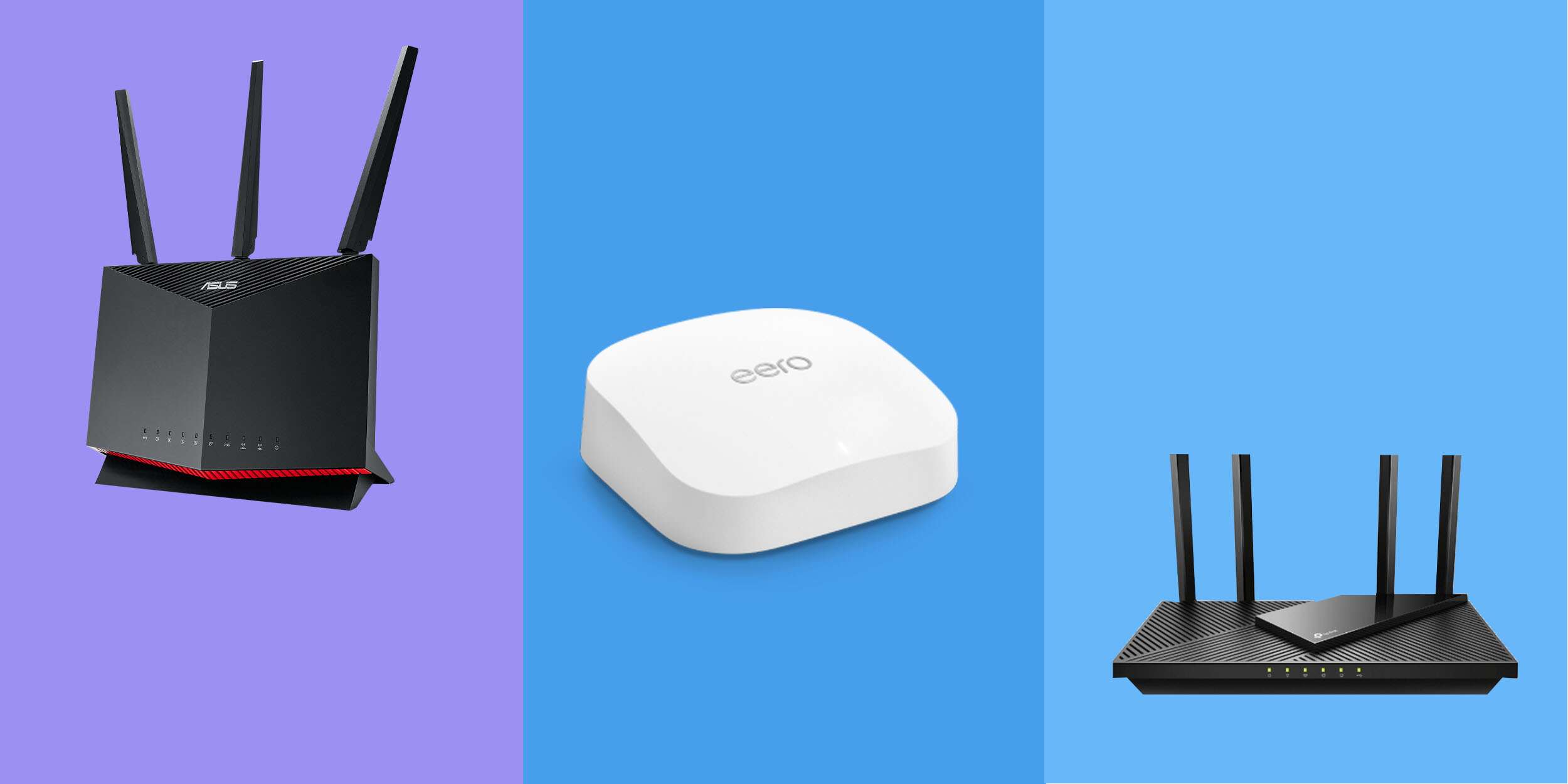What is Helium Hotspot Registration Time?
When it comes to setting up a Helium hotspot, understanding the registration time is crucial. Helium hotspot registration time refers to the duration it takes for a new hotspot to be registered on the Helium blockchain network and become fully operational. This process is essential for the hotspot to start mining HNT (Helium Network Tokens) and contribute to the Helium network's coverage and functionality.
The registration time for a Helium hotspot can vary based on several factors, including network congestion, geographical location, and the efficiency of the hotspot's hardware and software setup. It is important to note that the registration time is distinct from the time it takes for the hotspot to sync with the blockchain, as the former specifically pertains to the initial registration process.
Understanding the registration time is crucial for hotspot owners, as it directly impacts the time it takes for the hotspot to start participating in the Helium network and generating rewards. Additionally, a faster registration time can lead to quicker network expansion and enhanced coverage, benefiting the overall Helium ecosystem.
In essence, the Helium hotspot registration time is the duration it takes for a new hotspot to complete the registration process and become an active participant in the Helium network, playing a pivotal role in facilitating the decentralized wireless network and earning rewards through mining HNT.
Understanding the significance of this registration time sets the stage for exploring the factors that can influence it and the strategies to optimize the registration process for a seamless and efficient setup.
Factors Affecting Helium Hotspot Registration Time
Several factors can significantly impact the registration time of a Helium hotspot, influencing the duration it takes for the device to become fully operational and start mining HNT. Understanding these factors is essential for hotspot owners seeking to optimize the registration process and expedite their participation in the Helium network.
1. Network Congestion
The overall network congestion within the Helium blockchain can directly influence the registration time of a hotspot. During periods of high network activity, the processing of new hotspot registrations may experience delays, leading to extended registration times. Factors contributing to network congestion can include a surge in new hotspot setups, increased blockchain activity, and network maintenance operations.
2. Geographic Location
The geographic location of a Helium hotspot can also impact its registration time. Hotspots located in regions with limited network infrastructure or higher latency may encounter delays in registering with the Helium blockchain. Additionally, variations in network stability and connectivity across different geographical areas can influence the speed at which a hotspot completes the registration process.
3. Hardware and Software Efficiency
The efficiency of the hotspot's hardware and software components plays a crucial role in determining the registration time. Factors such as the processing power of the hotspot's hardware, the responsiveness of its software, and the quality of its internet connection can all contribute to either expediting or prolonging the registration process. Well-maintained and optimized hardware and software configurations can help minimize registration times.
4. Blockchain Synchronization
The synchronization of the hotspot with the Helium blockchain is integral to the registration process. Delays in blockchain synchronization, whether due to network issues or hardware limitations, can directly impact the overall registration time. Ensuring that the hotspot's blockchain synchronization occurs seamlessly is essential for expediting the registration process and enabling the device to start participating in the network promptly.
5. Network Participation
The level of network participation and activity within a specific geographical area can influence the registration time of a Helium hotspot. In areas with a higher concentration of active hotspots and network traffic, the registration process may encounter additional verification and processing steps, potentially leading to longer registration times compared to less congested regions.
Understanding these factors empowers hotspot owners to anticipate potential challenges and proactively implement strategies to optimize their hotspot's registration time. By addressing these influential factors, hotspot owners can work towards expediting the registration process and swiftly integrating their hotspots into the Helium network, contributing to its growth and functionality.
Tips for Faster Helium Hotspot Registration
-
Optimize Network Connectivity: Ensure that your hotspot is connected to a stable and high-speed internet connection. A reliable internet connection can significantly expedite the registration process by facilitating seamless communication with the Helium blockchain.
-
Choose an Ideal Location: Select a strategic placement for your hotspot, preferably in an area with strong network coverage and minimal latency. By positioning the hotspot in an optimal location, you can reduce potential registration delays associated with geographical factors.
-
Hardware and Software Maintenance: Regularly maintain and update your hotspot's hardware and software components to ensure optimal performance. Keeping the hardware well-maintained and the software up to date can contribute to a smoother and faster registration process.
-
Prioritize Blockchain Synchronization: Pay attention to the synchronization of your hotspot with the Helium blockchain. Promptly addressing any synchronization issues and ensuring that the device stays updated with the blockchain can expedite the registration and activation of the hotspot.
-
Monitor Network Activity: Stay informed about the network activity in your area to gauge potential congestion and its impact on registration times. By being aware of network dynamics, you can take proactive measures to navigate potential delays and optimize the registration process.
-
Efficient Setup Configuration: Configure your hotspot setup efficiently, leveraging best practices for hardware and software settings. Optimizing the setup can streamline the registration process and contribute to a faster integration of the hotspot into the Helium network.
-
Timely Troubleshooting: Promptly address any technical issues or errors that may arise during the registration process. Timely troubleshooting can mitigate potential delays and ensure a smoother registration experience for your hotspot.
-
Stay Informed: Stay updated on relevant community forums, official announcements, and support channels to gain insights into potential optimizations and best practices for accelerating the hotspot registration process.
By implementing these tips, hotspot owners can proactively enhance the efficiency of their hotspot registration, minimize potential delays, and expedite the integration of their hotspots into the Helium network, contributing to its expansion and functionality.
Common Issues with Helium Hotspot Registration Time
Navigating the process of registering a Helium hotspot can sometimes present challenges that may lead to delays in the registration time. Understanding the common issues associated with Helium hotspot registration is essential for hotspot owners to effectively troubleshoot and optimize the registration process.
-
Network Congestion: One of the prevalent issues impacting hotspot registration time is network congestion within the Helium blockchain. During periods of heightened network activity, such as a surge in new hotspot setups or increased blockchain transactions, the processing of new registrations may encounter delays. This can result in extended registration times for hotspots, especially in regions with high network traffic.
-
Geographical Factors: The geographical location of a hotspot can introduce registration challenges, particularly in areas with limited network infrastructure or higher latency. Hotspots located in regions with suboptimal network connectivity may experience prolonged registration times due to the additional communication and verification steps required to establish connectivity with the Helium blockchain.
-
Hardware and Software Compatibility: Incompatibilities or inefficiencies within the hardware and software components of a hotspot can contribute to registration delays. Issues such as outdated firmware, hardware malfunctions, or suboptimal network configurations can hinder the seamless registration of the hotspot, leading to extended processing times.
-
Blockchain Synchronization Challenges: Delays in the synchronization of the hotspot with the Helium blockchain can impede the registration process. Synchronization issues, whether stemming from network disruptions or hardware limitations, can prolong the time required for the hotspot to complete the registration and become fully operational within the network.
-
Verification and Validation Processes: In areas with a high concentration of active hotspots and network traffic, the verification and validation processes associated with registration may encounter additional complexities. This can lead to extended registration times as the network undergoes thorough validation procedures to ensure the integrity and authenticity of new hotspot registrations.
By addressing these common issues, hotspot owners can proactively identify potential challenges and implement targeted strategies to streamline the registration process, minimize delays, and expedite the integration of their hotspots into the Helium network. Troubleshooting hardware and software compatibility, optimizing network connectivity, and staying informed about network dynamics are essential steps in mitigating these common issues and enhancing the efficiency of hotspot registration.
Conclusion
In conclusion, the registration time for a Helium hotspot plays a pivotal role in determining the speed at which the device becomes an active participant in the Helium network, contributing to its coverage and functionality. Understanding the factors influencing registration time and implementing strategies to optimize the process are essential for hotspot owners seeking to expedite their integration into the network and start mining HNT.
The diverse range of factors affecting registration time, including network congestion, geographical location, hardware and software efficiency, blockchain synchronization, and network participation, underscores the complexity of the registration process. However, by proactively addressing these factors, hotspot owners can significantly enhance the efficiency of their hotspot registration.
Efforts to expedite registration time should encompass optimizing network connectivity, choosing strategic hotspot locations, maintaining hardware and software components, prioritizing blockchain synchronization, monitoring network activity, and implementing efficient setup configurations. These proactive measures can mitigate common issues such as network congestion, geographical challenges, hardware and software compatibility issues, synchronization delays, and verification complexities, ultimately contributing to faster registration times.
The significance of faster registration times extends beyond individual hotspot setups, as it directly impacts the overall expansion and resilience of the Helium network. Swift registration enables new hotspots to promptly contribute to network coverage, enhancing the network's capacity and reliability. Additionally, expedited registration times facilitate quicker access to mining rewards, incentivizing hotspot owners and fostering continued network growth.
As the Helium network continues to evolve and expand, the optimization of hotspot registration processes becomes increasingly vital. By leveraging the insights and strategies outlined in this article, hotspot owners can navigate the registration process with greater efficiency, contributing to the sustained growth and robustness of the Helium network.
In essence, the pursuit of faster registration times aligns with the broader objective of advancing decentralized wireless connectivity and fostering a thriving ecosystem of IoT devices. The collective efforts of hotspot owners to optimize registration times serve to reinforce the Helium network's position as a leading facilitator of wireless connectivity and decentralized telecommunications.
By recognizing the significance of registration time, understanding the influential factors, and implementing proactive measures, hotspot owners can contribute to a seamless and accelerated integration of their hotspots into the Helium network, ultimately shaping the network's resilience and capacity for innovation.

























